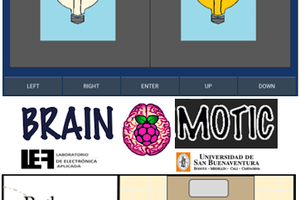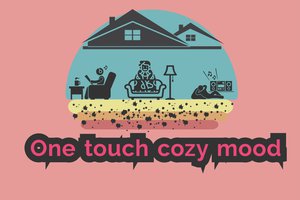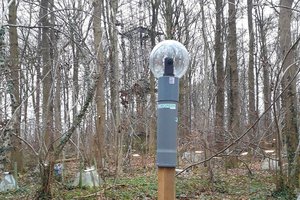Introduction
Having discussed the aims of the project, the documentation for the project will serve to explore existing similar home automation solutions to ensure that there is a ‘gap in the market’ for this type of solution. The documentation will also offer support and provide a rationale for decisions made in the course of the project, as well as evaluating its overall effectiveness.
Historically there has been little synchronicity between media centres and home automation, both devices were relatively standalone and unaware of the other’s function. For example, in home automation systems lighting fixtures would monitor specific devices for input, such as a light switches. This relationship could be described as ‘paired with’ whereby output devices such as a light fixtures and plug sockets would be associated with an input device, such as a light switch. A user may find this useful as lamps plugged into the socket would turned on in a room when they turned on the main light, all without the electric being re-wired within the house. Despite this advantage, the early home automation also came with a disadvantage as devices were not aware of each other’s state. This began to change when computers were programmed to run software or to use hubs to link the different devices together. An example of how this would work is that the hub or computer would have an overview of all of the devices in the home, and one way it would function is if the home owner set the house alarm after 8 pm, this could trigger all devices to turn off. However, this would be a disadvantage if the homeowner wanted to watch television upstairs. A better solution is needed. Therefore, the rationale is to provide a more synchronised media centre and home automation system that will improve the user experience. The system should also take into account ways it could be made more accessible for users who cannot read, whether through sight problems or illiteracy. The best way to do this will be evaluated in the course of the literature review and its effectiveness analysed.
Project Aims and Objectives
The purpose of this dissertation is to investigate and implement ways that a media centre could provide a better user experience and interact with the users in a home environment. For example, if a user was watching Top Gear on a television in the living room, and then turned the light off in the living room and went up to the bedroom, it would be beneficial if the system could detect the changes in state of the living room and bedroom (changes in occupancy) and proactively turn the TV off in the living room and transfer Top Gear to the television in bedroom without the need for any user interaction.
The second aim is to allow the uses to scan self-adhesive NFC Stickers that can be scanned by any smart phone to directly indicate an action (for example: start playing BBC 1) without the need for special software or present an QR code near the TV indicate media play back the relevant media centre. Although this does required direct user involvement it reduces the number of user requirements, for example that user must be capable seeing and reading small text. This can be further reduced by using easily identifiable colours and logos, for example a DVD case with the BBC logo could also contain an NFC tag. As it would be a large item would be easily found and clearly identifiable by someone with a small degree of sight loss.

 Sebastian Baca
Sebastian Baca
 Daniel Felipe Valencia V
Daniel Felipe Valencia V
 Nishant Kshirsagar
Nishant Kshirsagar
 Koen Hufkens
Koen Hufkens